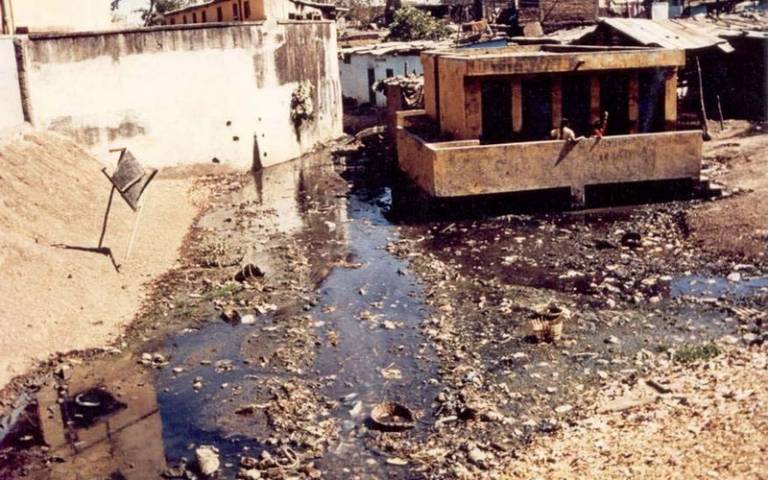Investing in sanitation to help the world reach the SDGs
A cross-disciplinary team at UCL has linked the need for safe sanitation to all 17 SDGs, demonstrating the far-reaching benefits of investing in sanitation infrastructure that go beyond better health.

8 October 2020
The UN General Assembly’s agenda for 2030 builds on the principle of “leaving no one behind” and lays out 17 interconnected Sustainable Development Goals (SDGs), along with targets to achieve them. The Goals include SDG6: to ensure availability and sustainable management of water and sanitation for all.
“More than half the world’s population lacks access to safely managed sanitation, and in 2017 approximately two billion people were still living without even the most basic sanitation,” explains Dr Priti Parikh, Director of the UCL Centre for Engineering for International Development. “This increases morbidity rates, healthcare costs and reduces productivity.”
To ensure everything possible is done to address this lack of basic human rights, Dr Parikh is drawing attention to the importance of sanitation infrastructure and management across all the other SDGs.
She is working with colleagues across five UCL faculties, from disciplines including engineering, urban design and planning, health, social science, economics, policy and law. The team has conducted an evidence-based review of the academic literature to identify links – actions, synergies and trade-offs – between sanitation and each of the SDG targets.
The review has identified synergies between sanitation and two thirds (130) of the 169 Targets and trade-offs for a third of them, across all 17 SDGs, demonstrating the far-reaching benefits that can be unlocked from investment in sanitation, which extend beyond health.
In addition to the clear connections between improved sanitation and reductions in infant and maternal mortality, the research has highlighted links with SDG5: Gender Equality and SDG16: Peace, Justice and Strong Institutions. “There is evidence for the need for the development of female-friendly toilets, especially where women and girls are exposed to harassment,” Dr Parikh explains.
She hopes the team’s approach will provide vital evidence for policymakers and practitioners to support new cross-disciplinary interventions to deliver improved sanitation for all by 2030. “It also offers a framework for others to use that enables the analysis of interconnected global challenges,” she adds.
The team has applied this approach for the water, sanitation and hygiene sector in Brazil, and Water Aid has commissioned them to develop a policy brief and toolkit to influence policymakers in Sub-Saharan Africa.
 Close
Close


